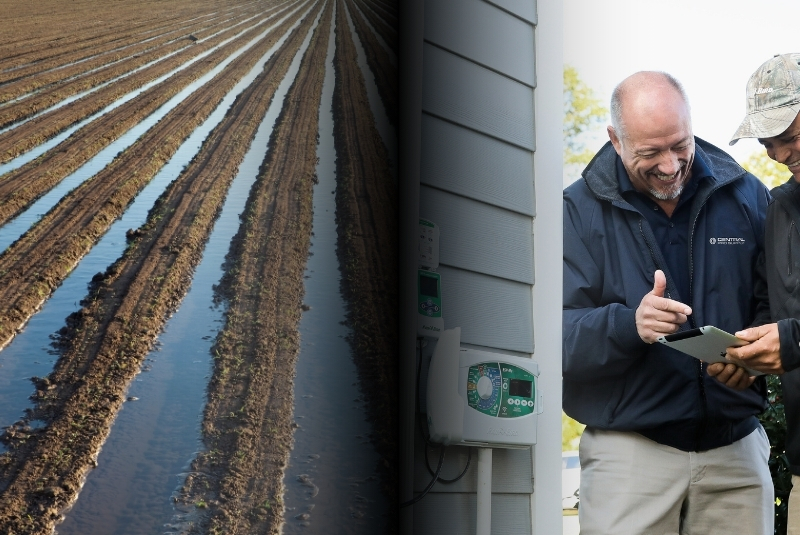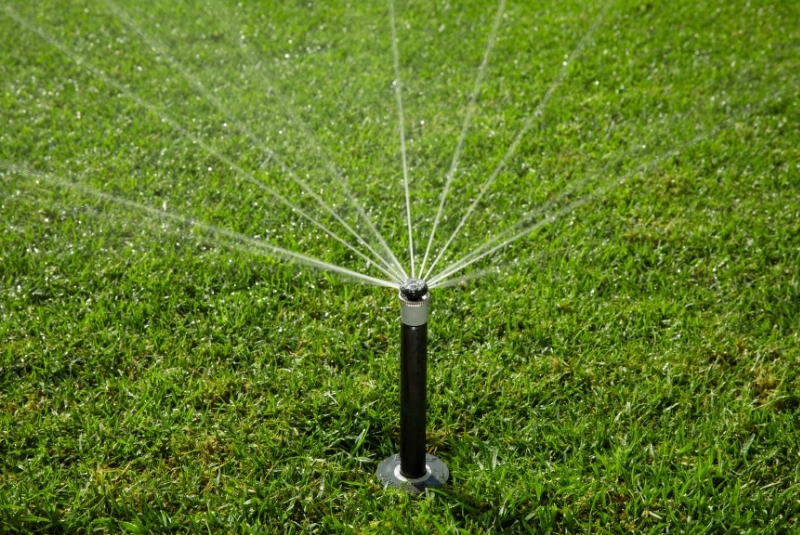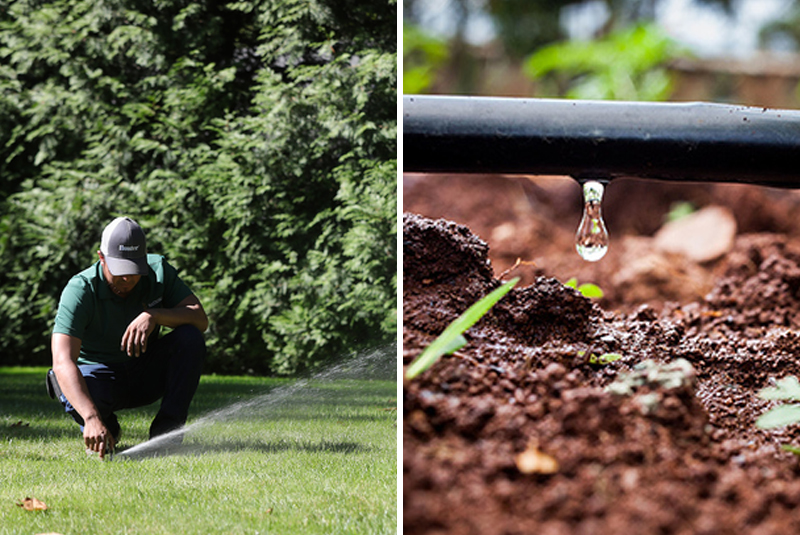Irrigation has been a vital technology in advancing humanity and our ability to grow and build. From the earliest days of agriculture, managing water has been key to functioning societies. Modern irrigation systems are sleek, automated, and manufactured with a variety of new materials, their roots trace back thousands of years to the first civilizations that harnessed water to grow.
Early Irrigation: Foundations of Civilization
The first forms of irrigation began in Mesopotamia around 6000 BCE, where early farmers constructed canals to divert water from the Tigris and Euphrates rivers. In ancient Egypt, the Nile’s predictable flooding allowed for basin irrigation—a method that involved trapping floodwater in large, flat plots of land to soak the soil deeply. This also enriched the land with silt-rich nutrients, naturally fertilizing crops.
Similar innovations appeared in the Indus Valley, where early canals gave farmers greater control over water supply. These foundational systems were critical to sustaining crops and building stable societies.
Aqueducts & Water-Lifting Tools
By 300 BCE, the Roman Empire had developed extensive aqueduct systems, using gravity to carry water to cities and farms. Around the same time, other civilizations introduced water-lifting technologies, such as chain pumps and water wheels, to move water uphill. These methods relied on human or animal power to transport water via a series of rotating buckets.
20th Century Irrigation
The early 20th century brought dramatic changes to irrigation. With stronger materials like cast iron and steel, farmers could build permanent systems at scale. Mechanized pumps began replacing hand wells, and pressurized systems reduced manual labor.
In the 1930s and 1940s, sprinkler systems gained popularity for their flexibility and improved coverage. After World War II, U.S. agriculture saw a surge in modernization, supported by federal investment. New materials like plastic and PVC made irrigation systems lighter and more affordable.
By the 1960s, pop-up sprinkler heads became more common, especially in residential and commercial landscaping, where aesthetics and convenience started to matter more.
The Smart Irrigation Era: 1990s to Today
In the 1990s, irrigation entered the digital age. Simple timers gave way to programmable controllers, and systems began to integrate sensors that measured soil moisture, rainfall, and evaporation.
Today’s smart irrigation systems:
- Connect to mobile apps
- Adjust watering schedules based on weather data
- Use pressure-regulating sprays to reduce misting and runoff
- Automatically pause during rain or flag leaks via WiFi-connected controllers
This precision-based approach is especially valuable in urban and commercial landscaping, where efficiency, sustainability, and compliance with water-use regulations are top priorities.
At Central Pro Supply, we offer the latest irrigation solutions, expert advice, and the products you need to get the job done. Whether you’re upgrading a commercial system or servicing a residential property, we’re here to help you make every drop count.


